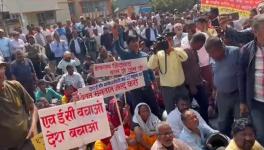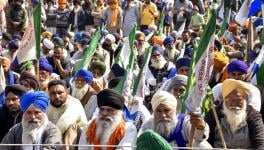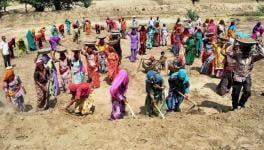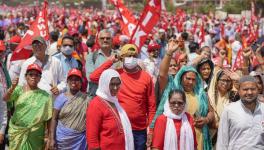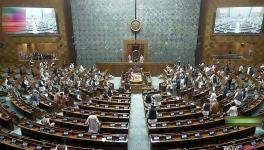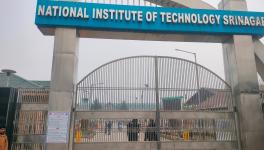Protest Leader Pashinyan Elected As Armenian Prime Minister
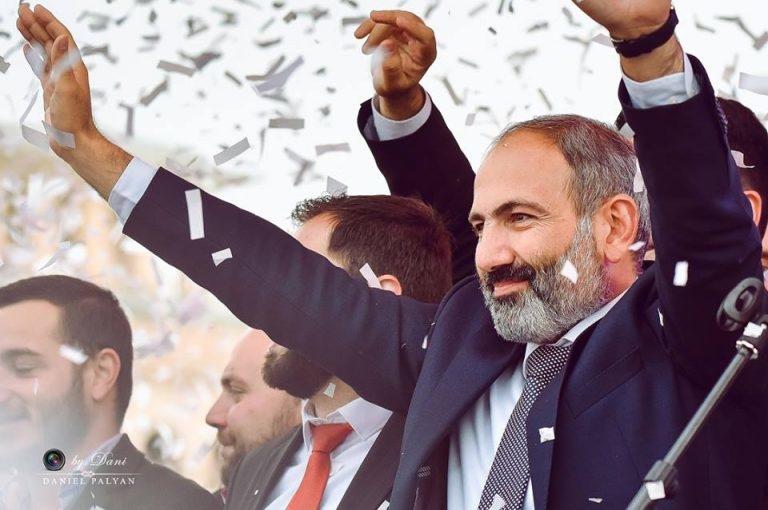
Image Courtesy: Daniel Palyan
Nikol Pashinyan, who led the civil disobedience movement in Armenia for over a month against the corruption charges and ‘authoritarianism’ of Serzh Sargsyan, the erstwhile Prime Minister from the Republican Party of Armenia (RPA), has been given the charge of leading the country. A former editor and political prisoner, 42-year-old Pashinyan took over as Armenia’s interim Prime Minister on May 8.
Pashinyan, a fiery political orator and former journalist, who had been the face of Armenia’s protest movements for the past decade, was elected in a 59-42 vote in Parliament, ending weeks of peaceful mass protests.
“He was a former protester, now Nikol leads Armenia,” major newspapers ran headlines after he was selected. While addressing an audience who supported the “April or velvet revolution”, at the central Republic Square in Yerevan, he remarked: “Your victory is not that I was elected as prime minister of Armenia; your victory is that you decided who should be prime minister of Armenia.”
The political terrain of Armenia, a country of 2.4 million in the southern Caucasus, has seen many shifts since its declaration of independence from the Soviet Union in 1991, and later, after the parliamentary system was adopted in 2005. Sargsyan, who was the president for two terms since 2008, has been a key player in the political spectrum.
In the late 90s, Pashinyan was the editor of the popular Armenian Times. In 2008, he supported Levon Ter-Petrosyan, the first President of Armenia, who was a candidate in the Presidential elections.
However, amid claims of rampant rigging, Ter-Petrosyan was declared to have lost to Sargsyan. Pashinyan was one of the key leaders in the protests against the election results. The government responded harshly, leading to the death of many protesters. Others, including Pashinyan, went underground for months to escape arrest. He subsequently turned himself in to the police and was in jail for nearly two years before being released.
In April, in the aftermath of Sargsyan’s attempt to stay on in power by taking over as Prime Minister despite earlier promising not to do so, protests rocked the country. The protests were marked by large-scale participation and a sense of celebration, as well as a resurgence of patriotism. Sargsyan’s comment that Pashinyan had not learnt any lessons from March 1, a reference to the repression that followed the 2008 elections, further angered many Armenians. “People who had never been to a demonstration before came out on the street only because of that sentence of Sargsyan,” an opposition activist, Mikayel Hovhannisyan, noted.
On April 23, Sargsyan resigned. However, his Republican Party of Armenia voted against Pashinyan, preventing him from becoming the interim Prime Minister in a crucial vote in Parliament on May 1. After another round of protests, the Republican Party changed its stance, leading to Pashinyan’s election on May 8.
Get the latest reports & analysis with people's perspective on Protests, movements & deep analytical videos, discussions of the current affairs in your Telegram app. Subscribe to NewsClick's Telegram channel & get Real-Time updates on stories, as they get published on our website.









